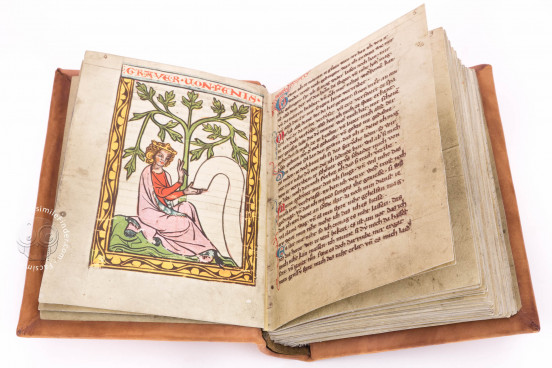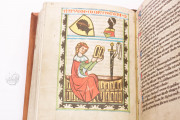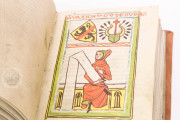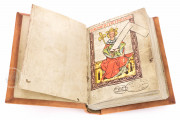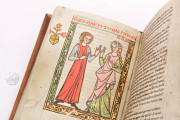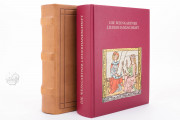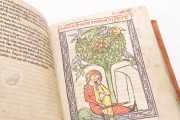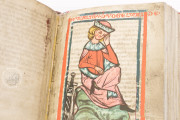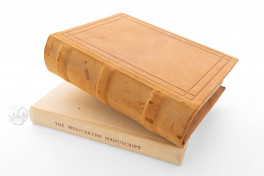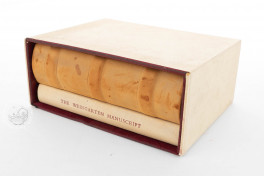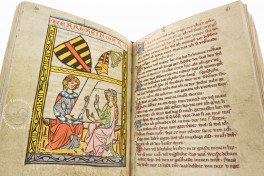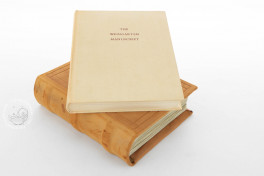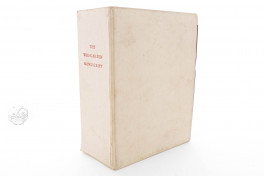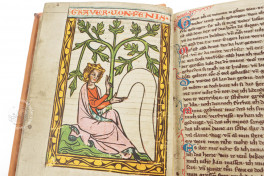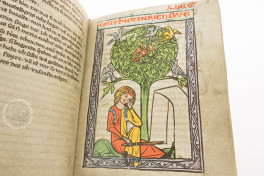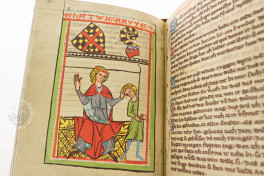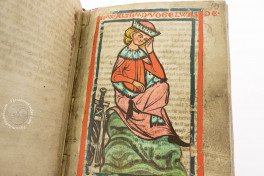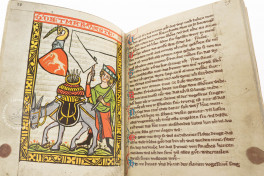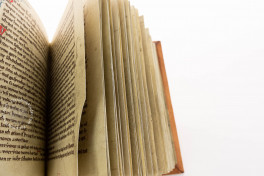The Weingarten Manuscript, known in German as the Weingartner Liederhandschrift, stands as an illustrious testament to the art of Minnesang, the medieval German tradition of lyric and song poetry that flourished between the twelfth and fourteenth centuries. The illuminated codex was likely crafted in Constance in the early fourteenth century and is today housed in the Württembergische Landesbibliothek in Stuttgart.
Alongside the Codex Manesse and the Kleine Heidelberger Liederhandschrift, it forms one of the pivotal sources for the study of Minnesang, charting the evolution of this lyrical form from its nascent stages around 1150 to the zenith of its "golden age" around 1230.
Thirty-one Poets and Twenty-Five Portraits
The manuscript's 158 folios, measuring a compact 15 by 11.5 cm, suggest its intended use was for private reflection rather than public display. Within its pages are the works of thirty-one poets, comprising twenty-five named Minnesänger and six anonymous contributors, whose identities have been pieced together from texts preserved in other manuscripts. Notably, it includes miniatures of the twenty-five named Minnesänger, depicted in traditional long-sleeved garments and mostly shown in three-quarter profile.
The fashion of portraying the author seated in the act of writing his work dates back to classical antiquity and to the medieval illustrations of meditating Evangelists. While two miniatures are half-page, the remaining twenty-three are full-page.
Love Lyrics and More
The tradition of Minnesang (ancient German for "love song"), as encapsulated within the Weingarten Manuscript, illustrates the unique German adaptation of the lyrical poetry sung by troubadours, integrating the feudal dynamics of devotion and loyalty into the fabric of love poetry.
Beyond the love lyrics that predominantly populate its pages, the manuscript also encompasses a diverse range of themes. This includes a poem in praise of the Virgin Mary, known as "Marienlob," and Johann von Konstanz's "Minnelehre" ("Art of Love"), enriching the manuscript's thematic breadth. The arrangement of poets within the manuscript mirrors the social hierarchy of the time, beginning with Emperor Henry VI and descending through counts and knights, reflecting the manuscript's deep entrenchment in the societal norms of its era.
The likeness in content and arrangement between the Weingarten Manuscript and the Codex Manesse suggests they both originated from a now-lost common source. The manuscript in Stuttgart is believed to have originally been part of the Cathedral Library in Constance, commissioned by Heinrich von Klingenberg, the Bishop of Constance from 1293 to 1306.
We have 1 facsimile edition of the manuscript "Weingarten Manuscript": The Weingarten Manuscript facsimile edition, published by Mueller & Schindler, 1969
Request Info / Price
